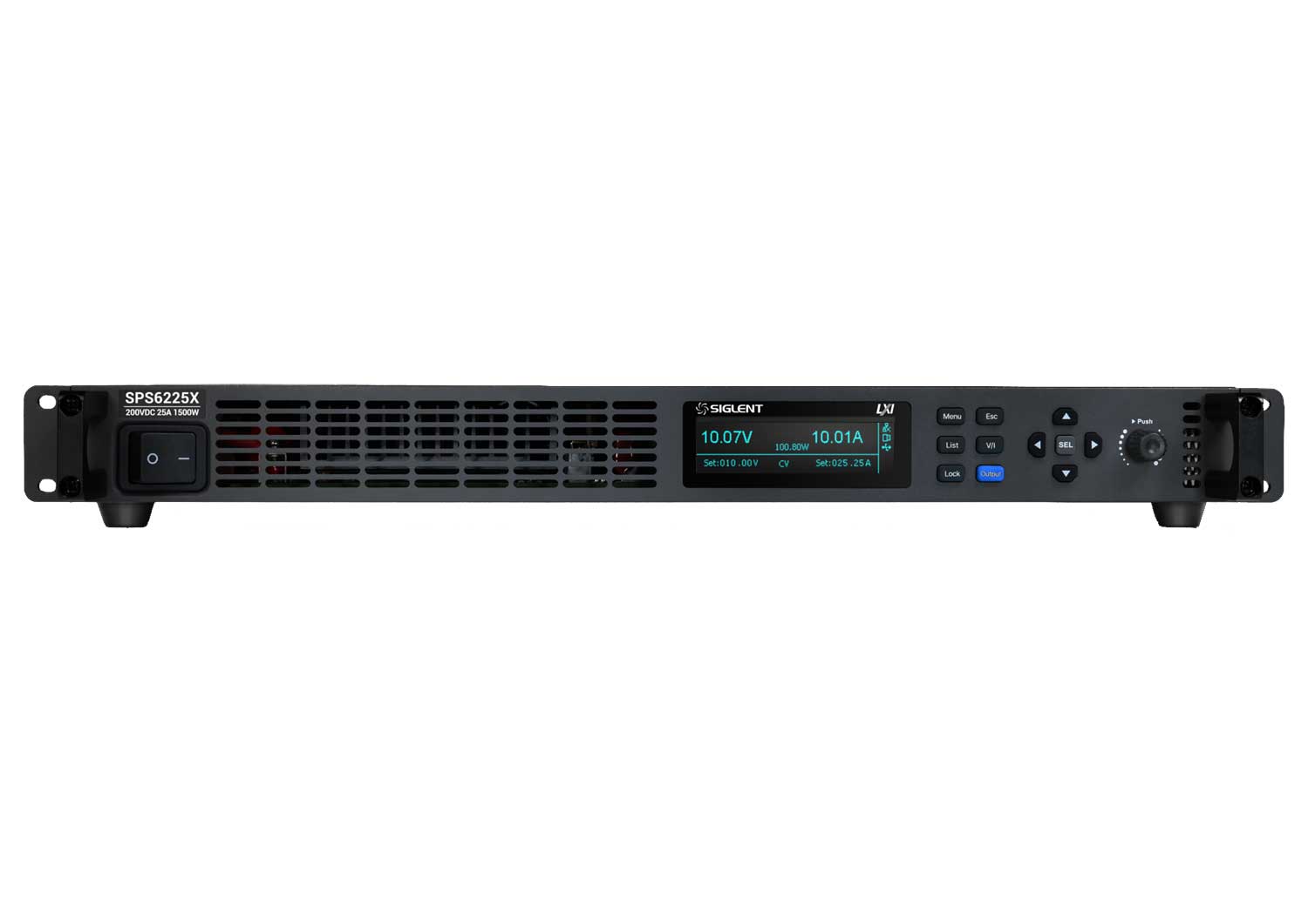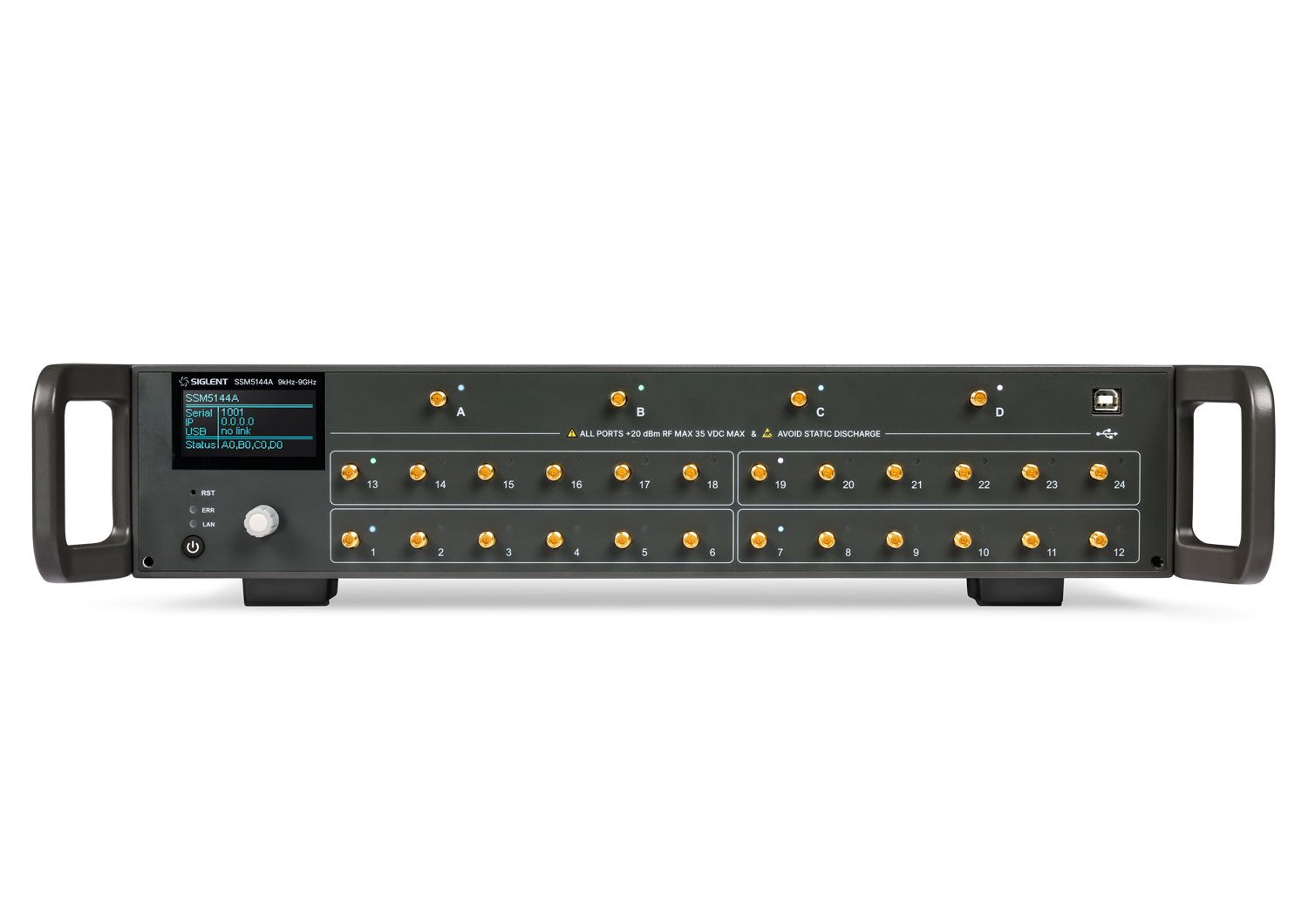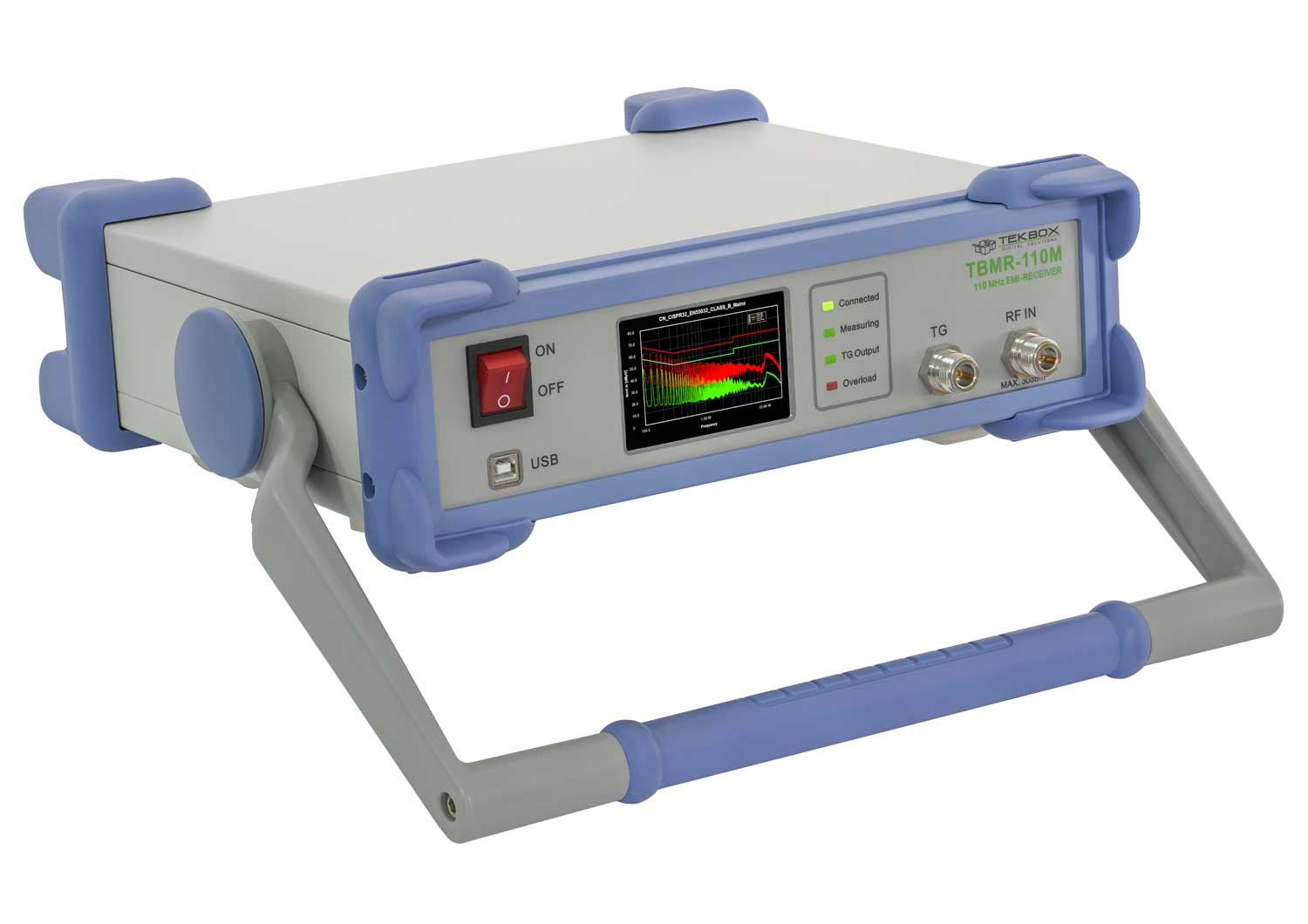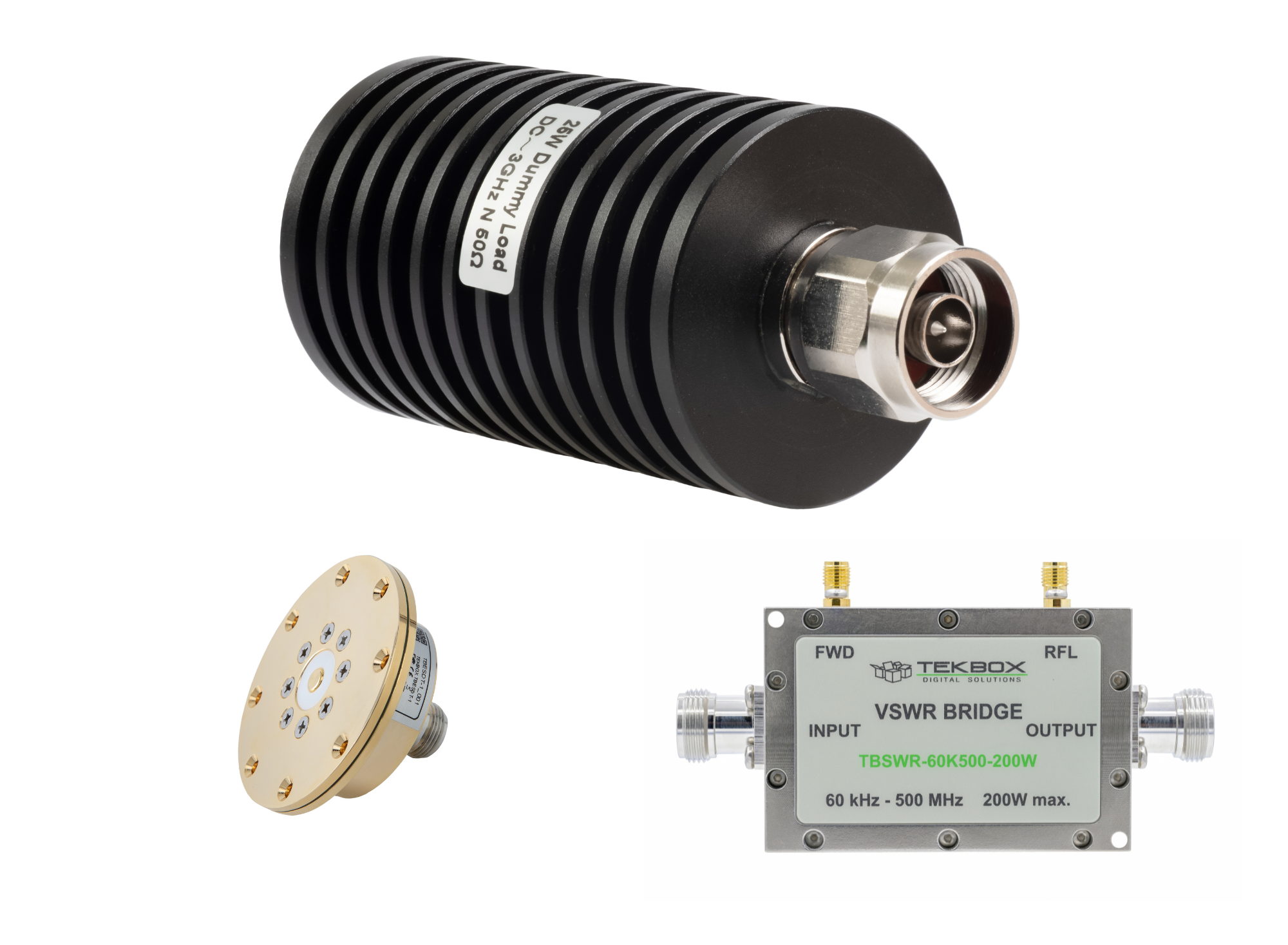When using a DC power supply for charging a load such as battery or capacitor, it is important to note that the DC power supply absorbs a current from such loads when the output is turned off. Here we are going to further explain this power supply’s behaviour; DC power supply, in general, comprises a bleeder circuit to discharge a power supply’s electrolytic capacitor at its output terminal. If the output is turned off after charging a battery or capacitor, the bleeder circuit sinks the current from them. The purpose of the bleeder circuit is to quickly discharge the voltage stored in the power supply’s electrolytic capacitor for safety reasons.
Now look at the following figures. Figure 1 shows the equivalent circuit of the DC power supply output and Figure 2 shows the example of the sink current measurement. This example data may help you estimate a discharge current and voltage change of your load.
1. Equivalent Circuit of DC Power Supply: When output is turned off
As shown in Figure 1, the sink current (shown in red arrows) flows through the 39-kΩ resistance and voltage-following constant current circuit (CC varies by voltage).
Sink current

2. Sink Current: When output is turned off
Figure 2 is the example of the sink current measurement through above resistance and circuit

When the DC power supply is turned off, the sink current flows through the 39-kΩ resistance only.
Products Mentioned In This Article:
- DC Power Supplies please see HERE





























































































 FREE SHIPPING £75+
FREE SHIPPING £75+
 CELEBRATING 50+ YEARS
CELEBRATING 50+ YEARS
 PRICE MATCH GUARANTEE
PRICE MATCH GUARANTEE




